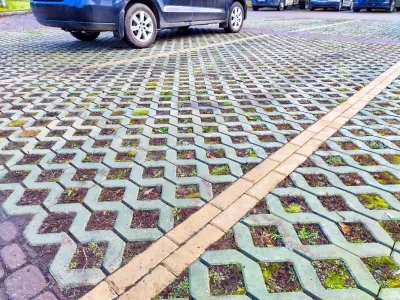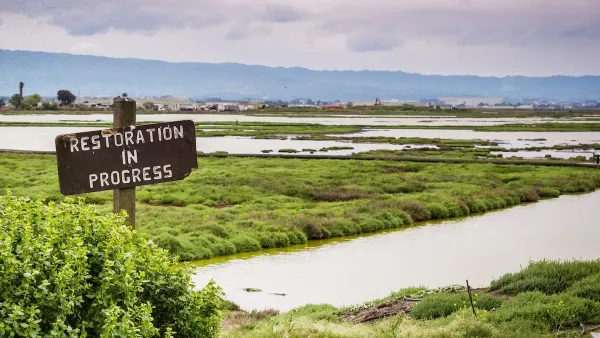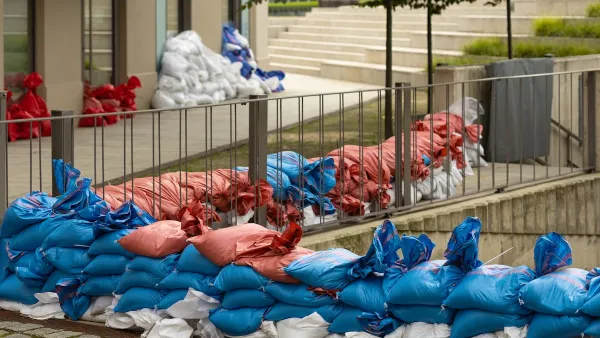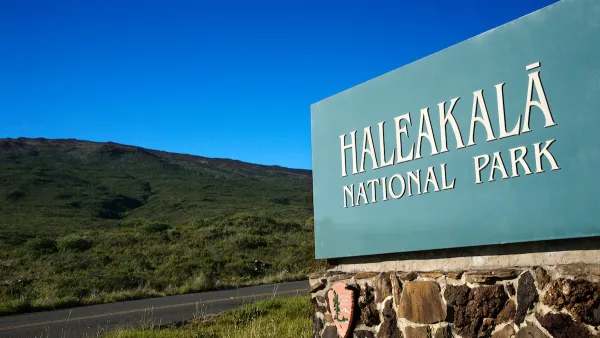Cities are increasingly adopting nature-based solutions like floodable parks and green roofs to combat flooding, offering cost-effective, multifunctional benefits while requiring careful planning and integration with traditional infrastructure.

In the face of increasingly severe and frequent flooding due to climate change, cities are turning to nature-based solutions like floodable parks, green roofs, and wetlands to absorb and slow water runoff. Traditional gray infrastructure, such as concrete channels and underground tanks, often exacerbates flood impacts by quickly funneling water without additional storage options. As reported by Natalie Donback, examples from Europe and Southeast Asia demonstrate the advantages of nature-based solutions, such as Valencia (Spain)'s need for updated infrastructure to manage urbanization and Bangkok (Thailand)'s Chulalongkorn University Centenary Park, which combines flood management with recreational and ecological benefits.
Nature-based solutions offer broader advantages beyond flood protection, including biodiversity enhancement, recreational spaces, and climate adaptation. Cities like Copenhagen (Denmark), which implemented green roads and floodable parks, have shown how these systems can replace outdated methods and provide co-benefits like improved mental well-being and water quality. Despite these advantages, challenges like limited urban space, the complexity of cost-benefit calculations, and unintended consequences like increased mosquito habitats or rising housing costs require careful planning and regulation.
Although no single solution can address all flooding challenges, integrating nature-based approaches with traditional infrastructure offers a balanced strategy. Studies show these solutions are on average 42 percent cheaper and create 36 percent more value than conventional gray systems, but their implementation demands long-term thinking and collaboration among governments, planners, and communities. By rethinking urban spaces and prioritizing sustainable solutions, cities can better prepare for extreme climate events while creating healthier, more resilient environments.
FULL STORY: How Cities Are Using Nature-Based Solutions to Tackle Floods

National Parks Layoffs Will Cause Communities to Lose Billions
Thousands of essential park workers were laid off this week, just before the busy spring break season.

Retro-silient?: America’s First “Eco-burb,” The Woodlands Turns 50
A master-planned community north of Houston offers lessons on green infrastructure and resilient design, but falls short of its founder’s lofty affordability and walkability goals.

Delivering for America Plan Will Downgrade Mail Service in at Least 49.5 Percent of Zip Codes
Republican and Democrat lawmakers criticize the plan for its disproportionate negative impact on rural communities.

Test News Post 1
This is a summary

Test News Headline 46
Test for the image on the front page.

Balancing Bombs and Butterflies: How the National Guard Protects a Rare Species
The National Guard at Fort Indiantown Gap uses GIS technology and land management strategies to balance military training with conservation efforts, ensuring the survival of the rare eastern regal fritillary butterfly.
Urban Design for Planners 1: Software Tools
This six-course series explores essential urban design concepts using open source software and equips planners with the tools they need to participate fully in the urban design process.
Planning for Universal Design
Learn the tools for implementing Universal Design in planning regulations.
EMC Planning Group, Inc.
Planetizen
Planetizen
Mpact (formerly Rail~Volution)
Great Falls Development Authority, Inc.
HUDs Office of Policy Development and Research
NYU Wagner Graduate School of Public Service





























